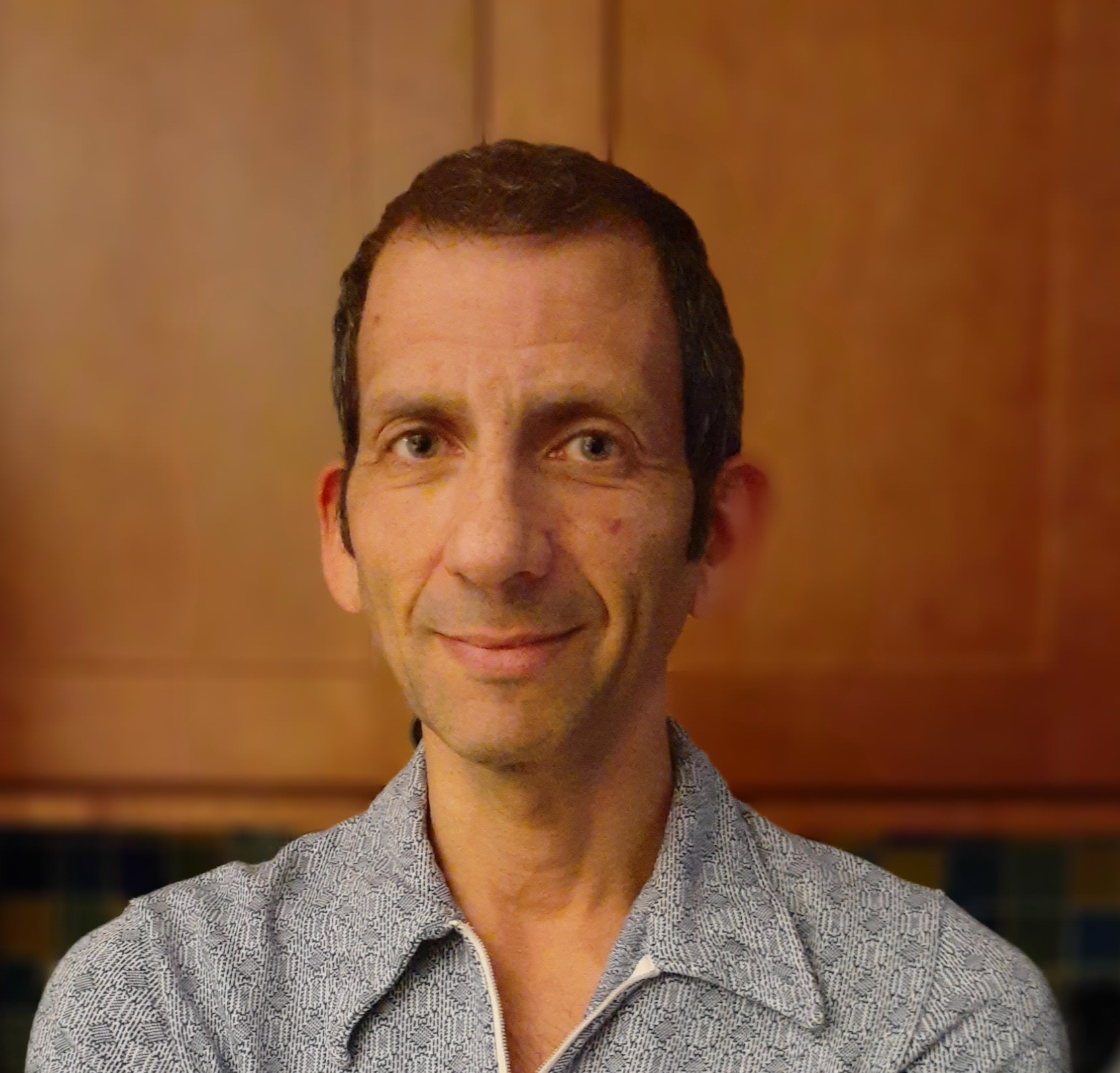My neighbourhood is hilly and leafy, with wide stretches of the sky hidden behind rooftops and leafy branches.
A rising Moon doesn’t clear the houses across the street for hours after everyone else has finished oohing and ahhing over how big it looks.
To get a better view, I sometimes like to stroll to the top of a winding cul-du-sac a couple of blocks away.
If the lights there are low, the view across the river and far-off hills is spectacular.
It’s like being in a planetarium, with stars everywhere, only it’s the real thing.
Are you a beginner? Read our guides on how to stargaze and astronomy for beginners.
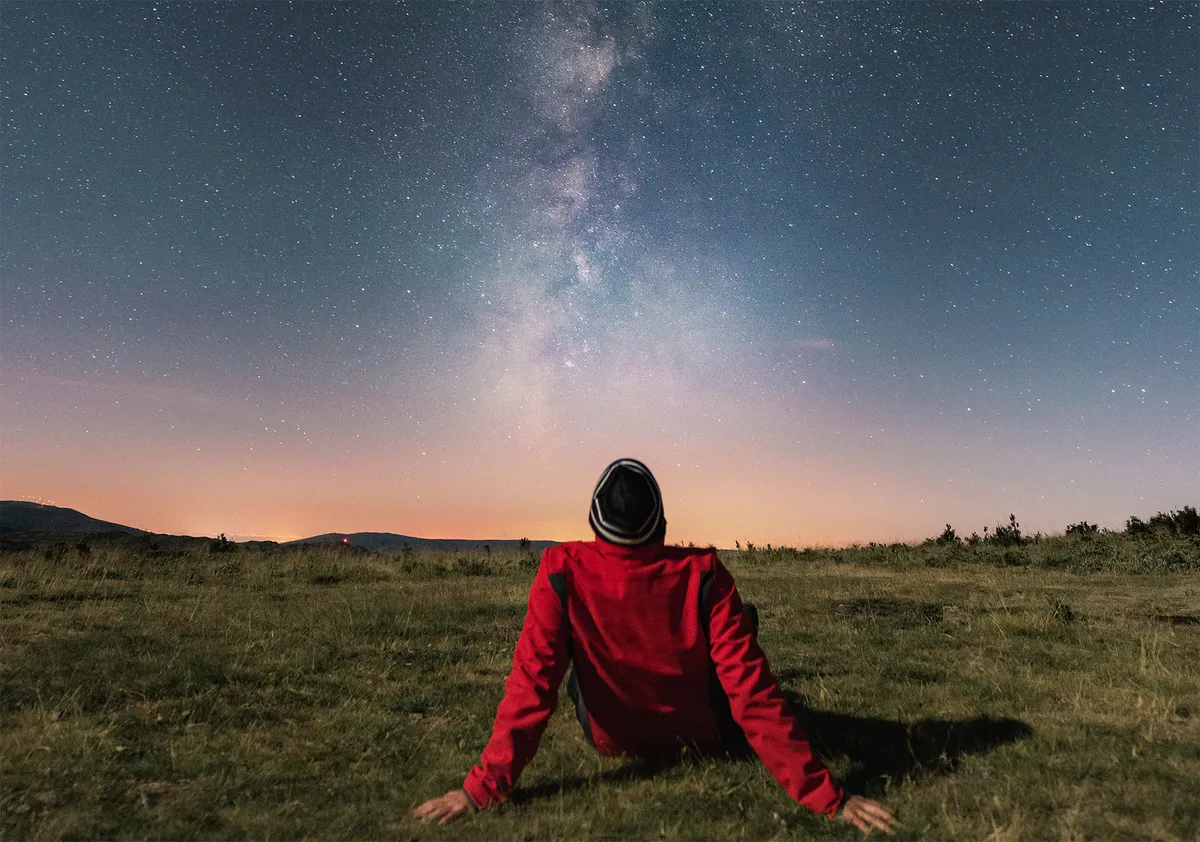
Year after year, I’ve walked there. I walked there with my wife when she was pregnant and calmed her there when she was in labour.
I walked with my daughters strapped to my chest (in one of those pouches, not with duct tape and bungee cords).
I’ve relaxed and thought through problems there over and over as, little by little, the grey hair crept into the sides of my head and the days’-old scruff around my chin.
Quietly in, quietly out. It’s a private universe; an astronomical no-wake zone.
After a long day a few months ago, I stood gawking at the Summer Triangle.
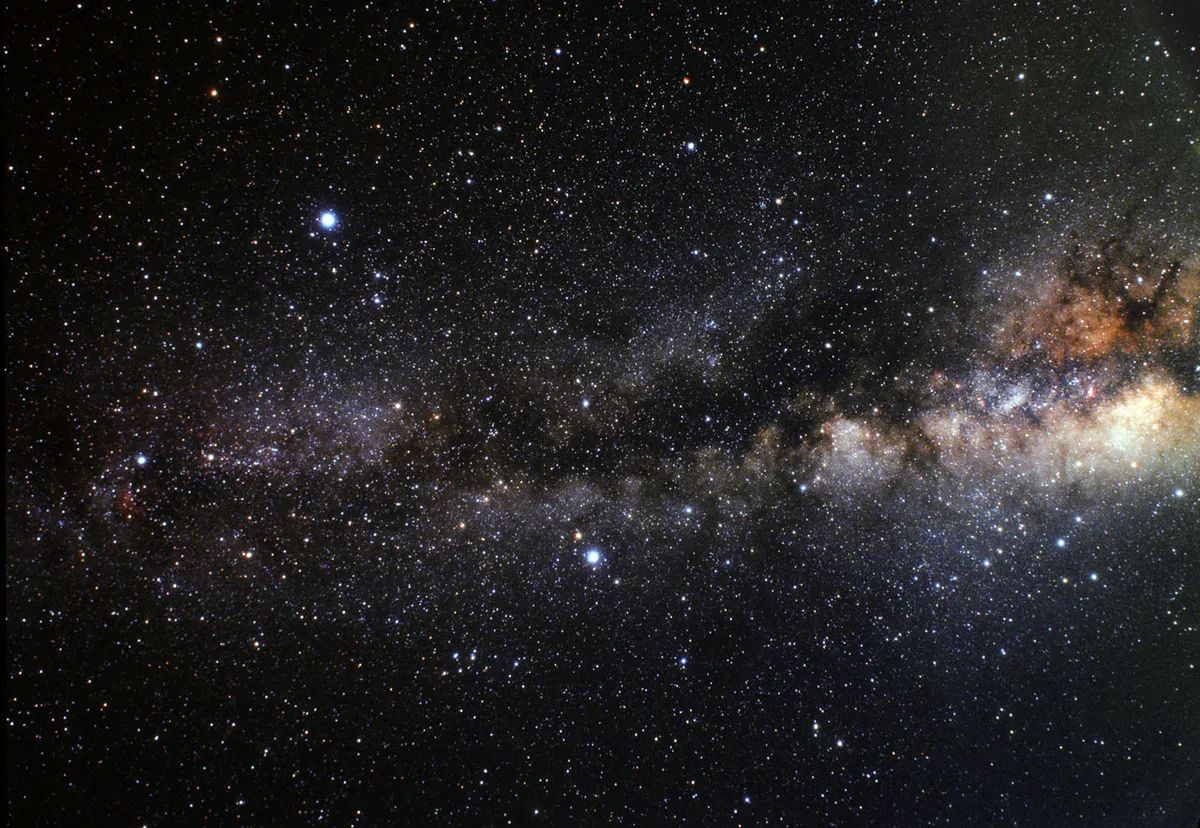
A van pulled into a driveway and stopped. "Hey," the driver shouted with anger or defensiveness, "Who are you? Why are you here? What’s with that torch?"
"I’m Scott." I pointed towards my neighbourhood and held out my hand. He didn’t hold out his.
"Why are you here?" he demanded again.
I pointed up, "You’ve got a real gift here."
"What…? Oh…" His posture softened.
I pointed at Saturn, which was near the Moon that night, and traced the ecliptic.
We star-hopped from Altair in Aquila, to Deneb in Cygnus to Vega, high overhead in Lyra.
We started talking: about the sky, about life, about time passing.
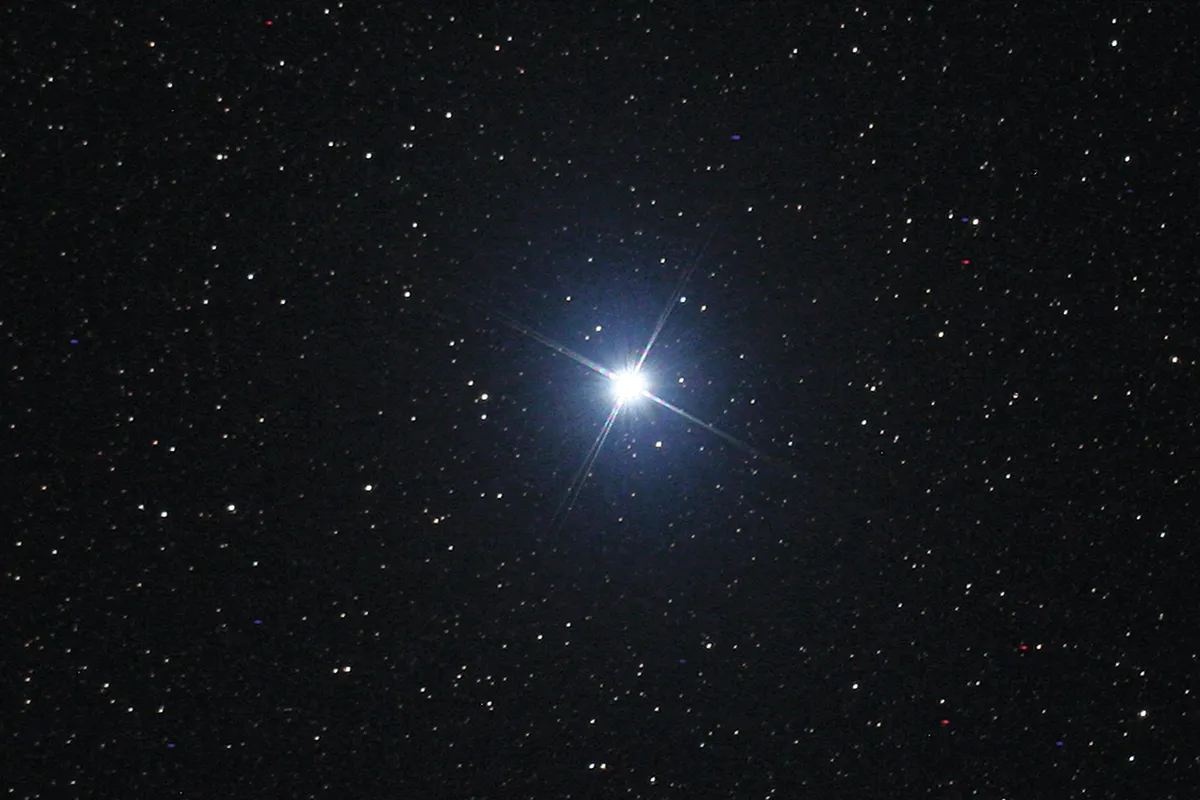
When he was a kid, he loved to look at the stars, he said, but as time went by, like so many of us for so many reasons, he just stopped.
"I don’t remember the last time I looked."
We could see distance and time, intimately connected functions of each other, right in front of us.
The Moon is close, just a lightsecond and a half away. Saturn’s 80 lightminutes off.
Then, things get very far, very fast. The light from Altair left 17 years ago, when his oldest son was a baby, he told me.
Vega’s a bit farther, 25 lightyears. Deneb is among the most distant stars you can see with just your eye: its light left it over 2,000 years ago.
"But, what’s that?" he asked, pointing to a faint haze toward the horizon.
Just barely there, begging through the needless, wasteful, bright suburban lights, was the blur of the Milky Way, tens of thousands of lightyears away.
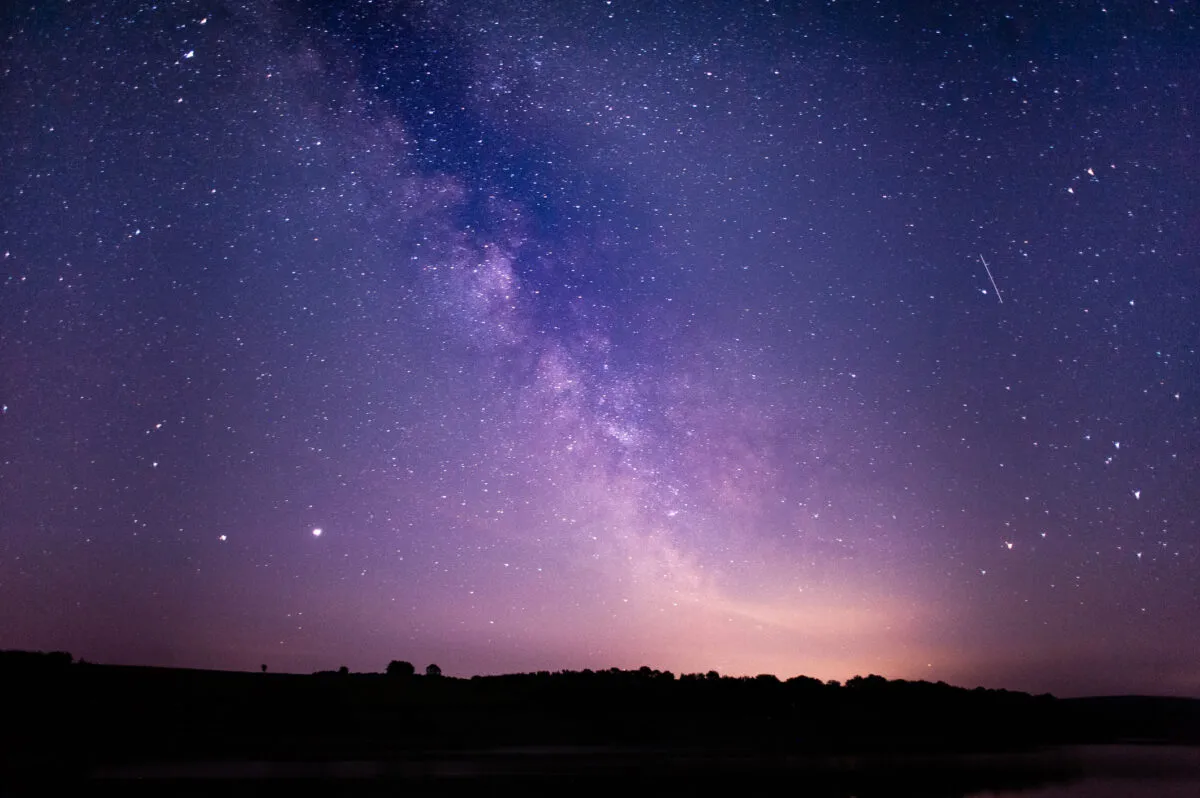
"Wow, I’m glad I stopped," he said, grinning over his understatement, and holding out his hand.
I’ll check it out again tomorrow."
New friends and astronomy fans are everywhere. As he turned, I heard the door close behind him.
I saw the flood lights over his porch and driveway blink out.
This article originally appeared in the February 2019 issue of BBC Sky at Night Magazine.
